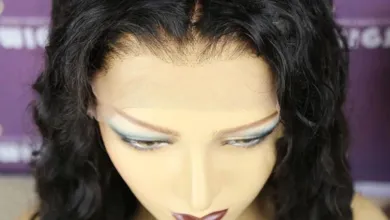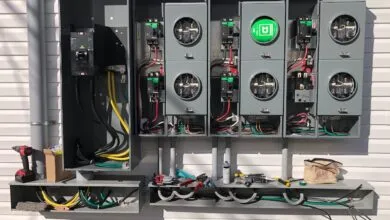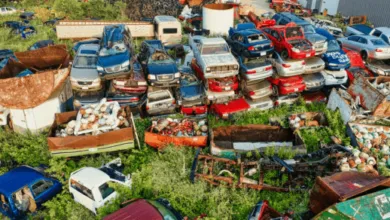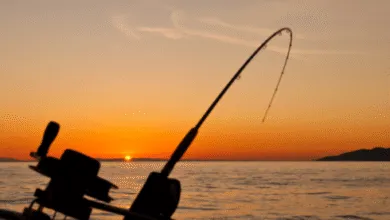Business
Key Considerations for Volleyball Court Flooring: Materials, Maintenance, and More
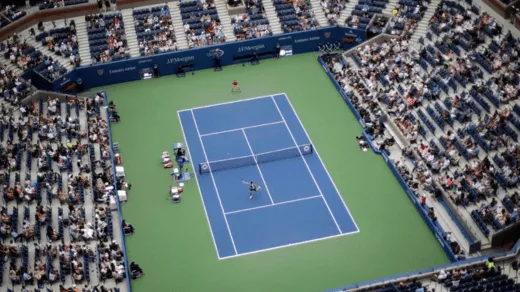
Volleyball court flooring is an essential component of a volleyball court, as it plays a crucial role in ensuring player safety, performance, and overall gameplay. Here are some key aspects to consider when it comes to Volleyball court flooring:
- Material:
- Volleyball courts are typically surfaced with materials that provide good traction and shock absorption. Common materials include hardwood, synthetic materials like polyurethane or rubber, or a combination of both.
- Hardwood courts are often preferred for professional and competitive play due to their excellent ball bounce and consistent surface. Maple and oak are commonly used hardwoods.
- Synthetic surfaces are often used for recreational and multipurpose courts. They are more forgiving on players’ joints and require less maintenance.
- Dimensions:
- A standard indoor volleyball court is 18 meters (59 feet) long and 9 meters (29.5 feet) wide for international competitions. The playing area is divided into two equal halves by a net.
- The boundary lines, including the end lines and sidelines, are typically marked clearly on the flooring. The end lines are perpendicular to the net, and the sidelines run parallel to the net.
- Shock Absorption:
- Volleyball court flooring should provide adequate shock absorption to reduce the impact on players’ joints, especially during jumps and dives. Proper cushioning can help prevent injuries.
- Some synthetic flooring systems have built-in shock-absorbing properties, while hardwood courts may require additional subfloor systems or underlays to provide cushioning.
- Surface Texture:
- The surface should offer good grip to prevent players from slipping while making quick movements and sudden stops. Proper texture can enhance player safety.
- The type of finish applied to hardwood courts can influence the surface texture. Synthetic surfaces are designed with texture in mind.
- Maintenance:
- Regular maintenance is essential to keep the flooring in good condition. Hardwood courts may require refinishing periodically to maintain their playing characteristics.
- Synthetic surfaces are often easier to maintain, typically requiring regular cleaning and occasional resurfacing.
- Color and Markings:
- Volleyball court flooring is usually light in color, such as pale beige or light gray, to enhance visibility of the ball and lines.
- Lines, markings, and logos are applied to the court surface to indicate the boundaries, attack lines, centerline, and other relevant features.
- Outdoor Courts:
- For outdoor volleyball courts, the flooring can vary widely and may include materials like sand, grass, or specialized outdoor sport court tiles. Beach volleyball, for example, is typically played on sand courts.
The choice of volleyball court flooring depends on factors like budget, location (indoor or outdoor), and the level of play (professional, recreational, or multipurpose). Properly maintained flooring is crucial for player safety and the overall enjoyment of the sport.

